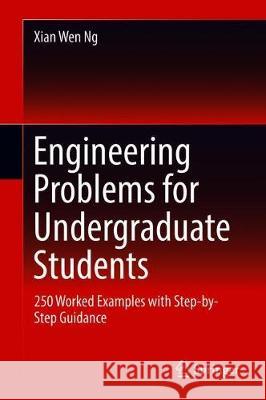Engineering Problems for Undergraduate Students: Over 250 Worked Examples with Step-By-Step Guidance » książka
topmenu
Engineering Problems for Undergraduate Students: Over 250 Worked Examples with Step-By-Step Guidance
ISBN-13: 9783030138554 / Angielski / Twarda / 2019 / 732 str.
Engineering Problems for Undergraduate Students: Over 250 Worked Examples with Step-By-Step Guidance
ISBN-13: 9783030138554 / Angielski / Twarda / 2019 / 732 str.
cena 201,72
(netto: 192,11 VAT: 5%)
Najniższa cena z 30 dni: 192,74
(netto: 192,11 VAT: 5%)
Najniższa cena z 30 dni: 192,74
Termin realizacji zamówienia:
ok. 22 dni roboczych
Bez gwarancji dostawy przed świętami
ok. 22 dni roboczych
Bez gwarancji dostawy przed świętami
Darmowa dostawa!
Kategorie:
Kategorie BISAC:
Wydawca:
Springer
Język:
Angielski
ISBN-13:
9783030138554
Rok wydania:
2019
Wydanie:
2019
Ilość stron:
732
Waga:
1.35 kg
Wymiary:
23.83 x 16.54 x 3.99
Oprawa:
Twarda
Wolumenów:
01











